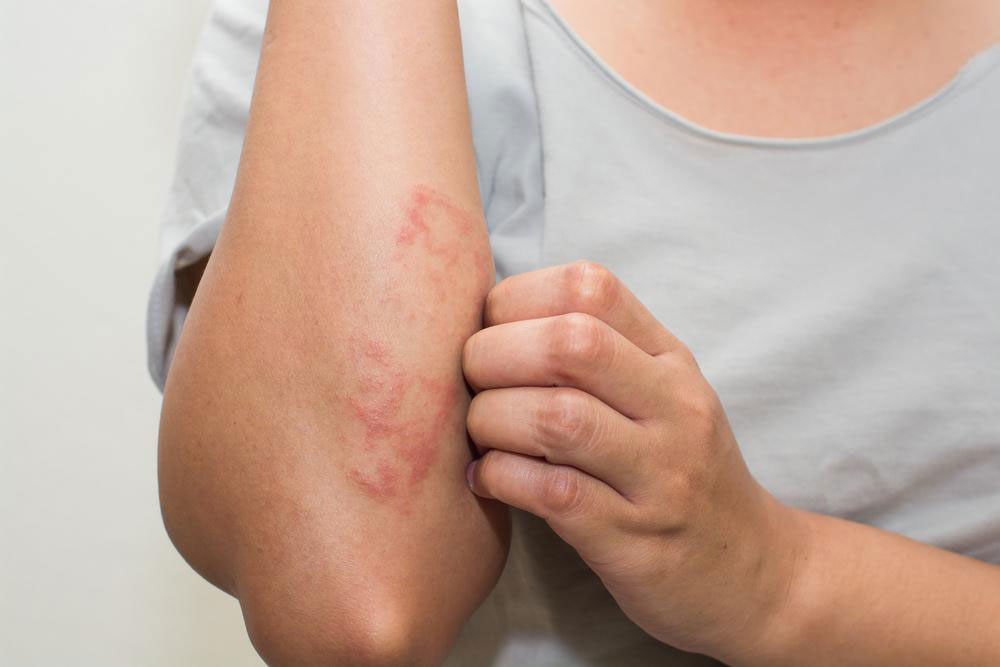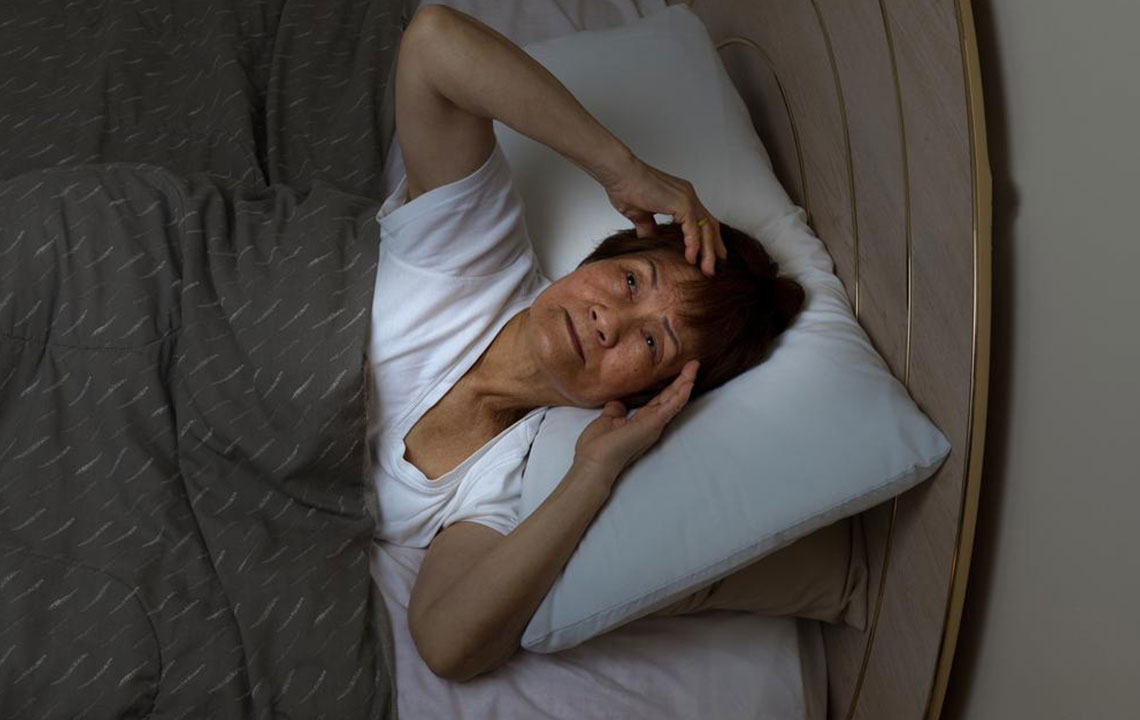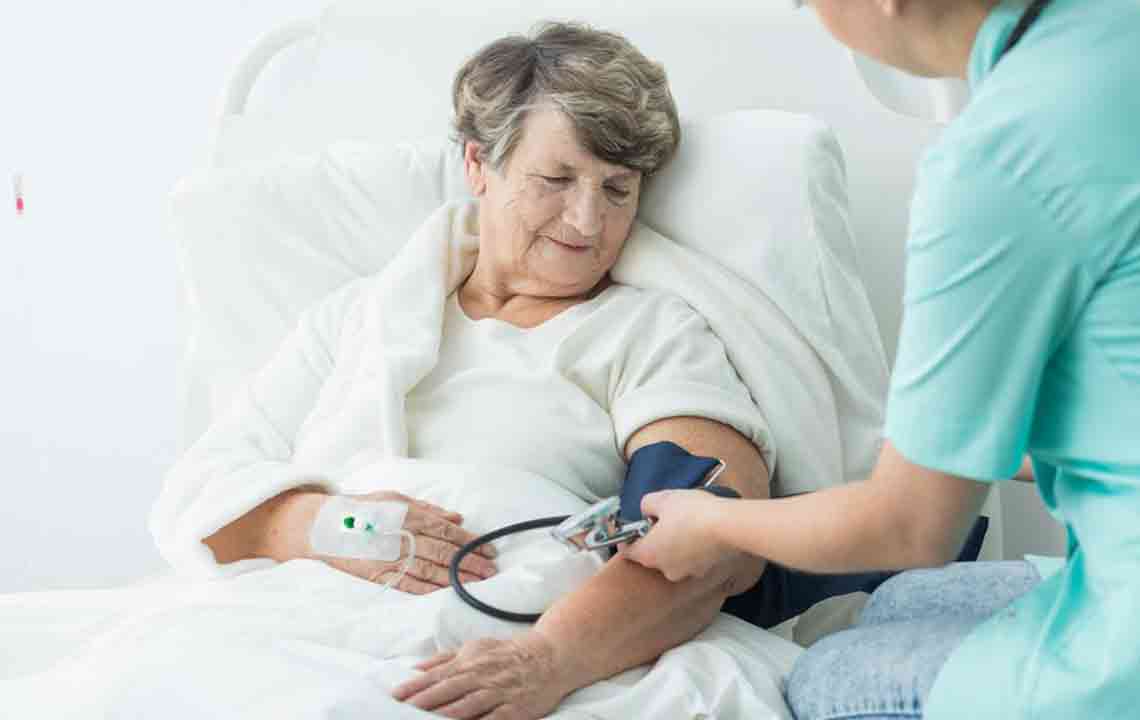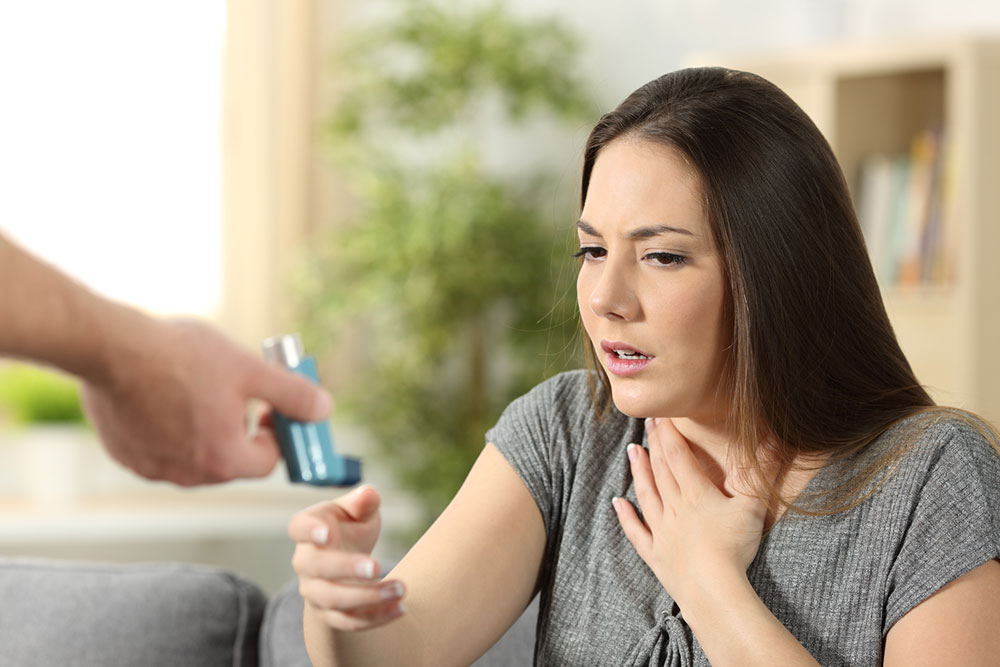Complete Guide to Diagnosing and Managing Mycosis Fungoides: Causes, Symptoms, and Treatment Strategies
This comprehensive guide explores mycosis fungoides, a rare skin lymphoma, discussing its symptoms, diagnostic methods, and management strategies. Learn about effective treatments like topical therapies, phototherapy, and innovative procedures, along with the importance of early detection for better outcomes. Designed for patients and healthcare providers, it sheds light on understanding and controlling this complex disease to improve quality of life.

Understanding and Effectively Treating Mycosis Fungoides
Mycosis fungoides is a rare form of skin lymphoma that falls under the category of cutaneous T-cell lymphomas. Also known by terms such as Albert-Bazin syndrome or granuloma fungoides, this disease involves the abnormal proliferation of T-cells—a specific type of white blood cell responsible for immune responses. While it predominantly manifests on the skin, in advanced stages, mycosis fungoides can penetrate deeper, affecting internal organs and system-wide health. Recognizing, diagnosing, and managing this condition early can significantly improve patient outcomes.
Mycosis fungoides presents with a wide spectrum of symptoms. Initially, affected individuals may notice mild skin irregularities such as patches or rashes that resemble eczema or psoriasis. As the disease progresses, these skin anomalies can become persistent, itchy, and thickened, forming plaques or tumors that may ulcerate or become infected. Understanding these symptoms is crucial for early detection and intervention.
How Is Mycosis Fungoides Diagnosed?
Diagnosing mycosis fungoides is often challenging due to its initial resemblance to common skin conditions. When skin rashes persist despite conventional treatments, dermatologists usually recommend a biopsy. This procedure involves removing a small sample of affected skin tissue for microscopic examination. Multiple biopsies over time might be necessary to confirm the diagnosis, especially if the disease exhibits different stages or features.
In addition to biopsies, a battery of blood tests is performed to evaluate overall health and detect abnormal blood cell counts. These tests include complete blood counts (CBC) to measure red blood cells, platelets, and specific lymphocyte populations like T-cells. Flow cytometry, a sophisticated laboratory technique, assesses the characteristics of T-cells in the blood, searching for markers indicative of malignancy. Advanced diagnostic methods like laser scanning and immunohistochemical staining help identify malignant T-cells within tissue samples, allowing for precise staging and treatment planning.
Strategies for Managing Mycosis Fungoides
Although a complete cure remains elusive for many patients, early diagnosis and appropriate management can lead to long-term remission or control of the disease. Treatment approaches are tailored according to the stage of disease progression, symptoms severity, and individual patient health factors. The primary goal is to reduce skin lesions, alleviate symptoms, and prevent progression.
Topical Therapies: Topical medications are often the first line of defense in early-stage mycosis fungoides. Corticosteroid creams and ointments help reduce inflammation and control itching. Retinoids, vitamin A derivatives, can modify cell growth and differentiation. Chemotherapy agents such as nitrogen mustard or topical carmustine may be used to target abnormal skin cells directly, aiming to slow disease progression.
Phototherapy: Ultraviolet (UV) light therapy is a cornerstone treatment, especially for early or localized cases. Narrowband UVB or PUVA (psoralen plus UVA) therapy can induce apoptosis of malignant T-cells, leading to lesion regression. Sometimes, medications like psoralen are given before UVA exposure to sensitize T-cells, making therapy more effective. For more advanced cases, targeted radiation using electron beams can help eradicate skin tumors with precision, minimizing damage to surrounding tissue.
Photopheresis: Also known as extracorporeal photochemotherapy, this innovative technique involves removing blood, processing it outside the body, and exposing T-cells to ultraviolet light after treating them with a photosensitive drug. This reduces the number of malignant T-cells circulating in the blood, providing a systemic approach especially useful in advanced or refractory cases.
Other emerging treatments include systemic therapies like interferons, chemotherapeutic agents, targeted therapies, and immunomodulators, each selected based on individual patient profiles and disease stage. Ongoing research continues to improve our understanding and management protocols for mycosis fungoides, offering hope for more effective therapies in the future.





